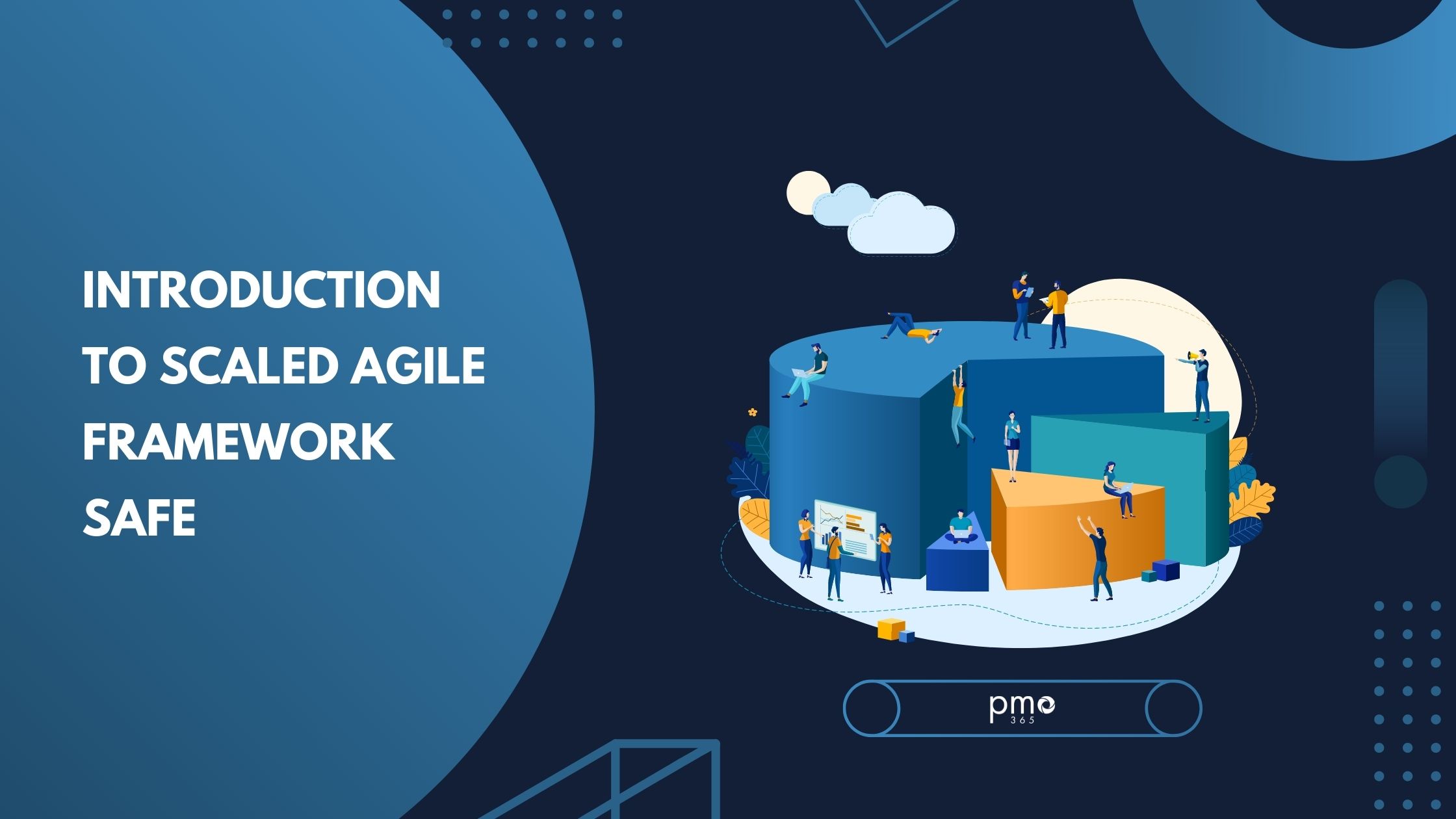Considering the benefits that IT Governance Frameworks bring, it’s unfortunate that there isn’t a standardised IT Governance framework. Simply drafting your IT Governance framework from a pre-made model won’t generate the benefits that personalised frameworks do. So, how do you develop an IT governance framework which is effective? Use these 7 fundamental considerations in IT Governance frameworks to create your framework!
What is an IT Governance Framework?
Stone and Ekinci define IT Governance as:
“ the process and structure that ensure that organisations deploy their IT investments appropriately to ensure that the resulting activities – whether programmes, projects or operations that they fund – are carried out properly and achieve the desired results.”
Thus, for you IT governance to be effective, it needs to cover all assets involved in your IT product or project. Such assets include human, financial, physical, data, and intellectual assets. However, the critical focus of an IT governance framework is aligning your IT strategy with the organisation’s greater values and strategic objectives. From this alignment, you can create frameworks that embed both these elements into everyday practices, decisions, and activities.
IT Projects are a Bit Different
IT projects, as a result of their open-ended and interactive nature, often require different governance processes to typical projects.
But, while IT governance may look different to its traditional counterpart, the two are related. As we previously mentioned, IT governance frameworks intrinsically connect to the larger organisation, including the organisation’s governance practices. Therefore, all governance frameworks will adapt, reimagine, and implement governance processes in a way which brings the most value to the organisation.
Read more: A Guide to Introduce You to IT Governance
7 Key Considerations in IT Governance
1. Shape and size of the organisation
Though not all project managers run IT projects on Agile methodologies, the vast majority of them are. Agile methodologies are highly compatible with the flexible nature of IT projects. However, many organisations have not reconfigured themselves to accommodate Agile-based governance. Therefore, depending on the size of the organisation, the maturity and complexity of your IT governance frameworks may vary.
2. IT project structure and funding model
To develop an effective framework, you’ll need to consider the type of IT projects your organisation runs. From there, you can determine the type of funding they recieve- centralised, decentralised, or somewhere in between. Different types of projects and funding models demand varying degrees of collaboration, communication, and compliance measures. You can develop a realistic and relevant governance framework by reflecting these considerations in it. Check out our article on ITSM- IT Service Management, for more information.
3. Level of IT demand
Do IT projects make up a majority of your projects? How many resources can your organisation assign to IT projects? How competitive is the demand for resources within your organisation? If your is organisation has many IT projects, your IT governance framework needs to be mature, robust, and comprehensive. Conversely, if IT projects are not a significant part of the organisation’s strategy, basic but informative governance structures may be more appropriate.
4. Scope of governance
What is the focus of your governance strategy and activities? Will they only affect a single IT team, an IT department, or perhaps the integration of IT governance across the entire organisation? Depending on your focus, the maturity and complexity of your IT governance will vary. A smaller scale implementation for a small business will not have the same complexity and reach as a multinational corporation.
5. The present and desired governance maturity
Does your organisation have pre-existing governance practices in place? Are they conducive to your intended IT governance model, or will they lead to potential resistance? Evaluating your organisation’s current governance practices and their maturity levels is critical to crafting a realistic plan for your IT governance.
6. Value of IT to stakeholders
Are your stakeholders and shareholders invested in IT projects and their growth? Are your IT projects more internally or externally focused? Depending on the value placed by stakeholders and shareholders on IT projects, your IT governance framework may have to consider greater levels of accountability, transparency, reporting, communication, and collaboration with stakeholders.
7. Endorsement and empowerment by non-IT people
All too often, organisations dismiss IT projects as ‘problems for the IT team’. Successful governance is dependent on whether there is a collective buy-in on IT departments activities, and readiness to accept governance practices. If senior management does not place a high value on IT projects, they are less likely to demand a highly complex and mature IT governance framework.
Start on your IT Governance with pmo365
Implementing an effective IT Governance framework in your organisation can take project success rates to the next level. If you want to see some amazing IT Governance tools in action, or our assistance in building one, book a free trial with pmo365‘s PPM experts!













